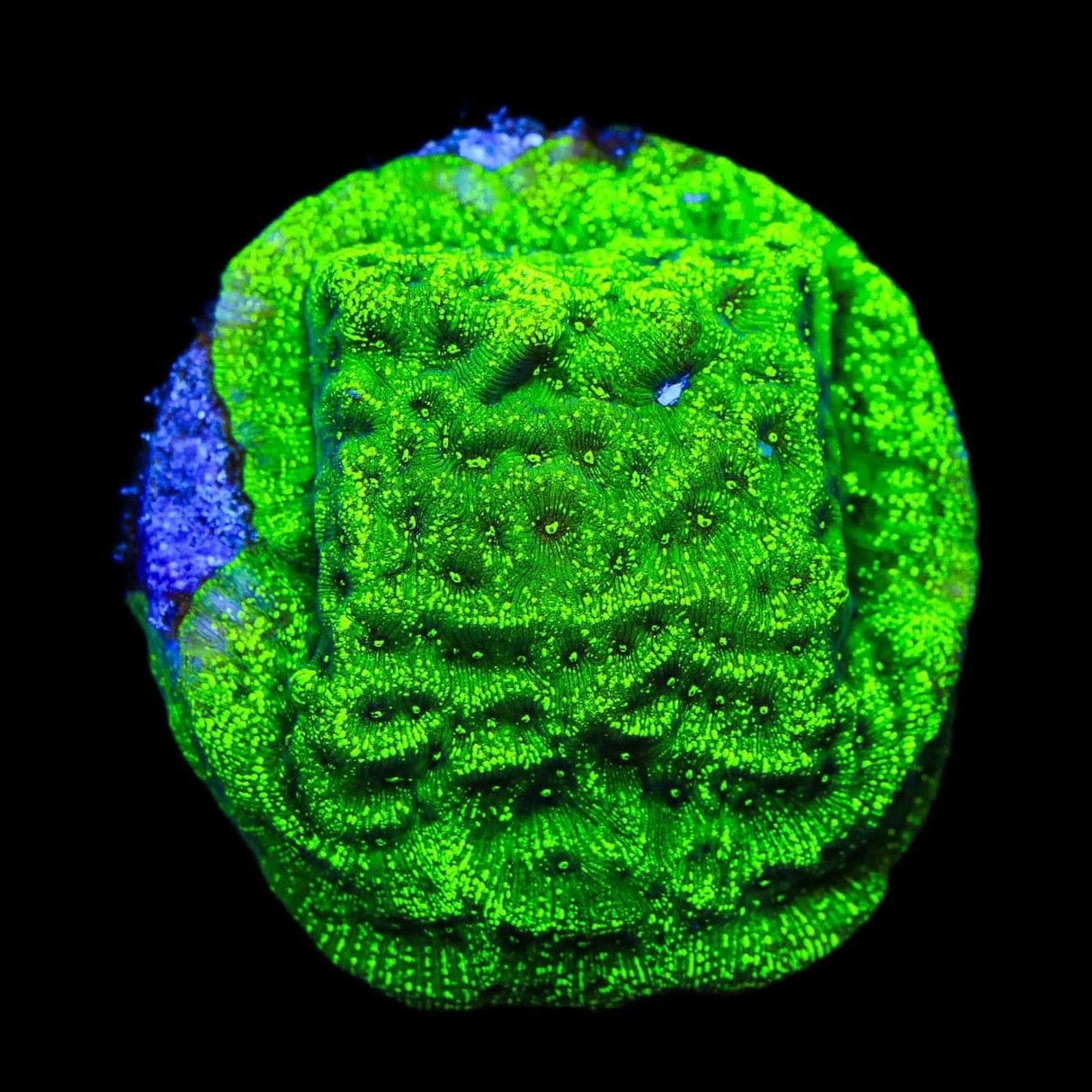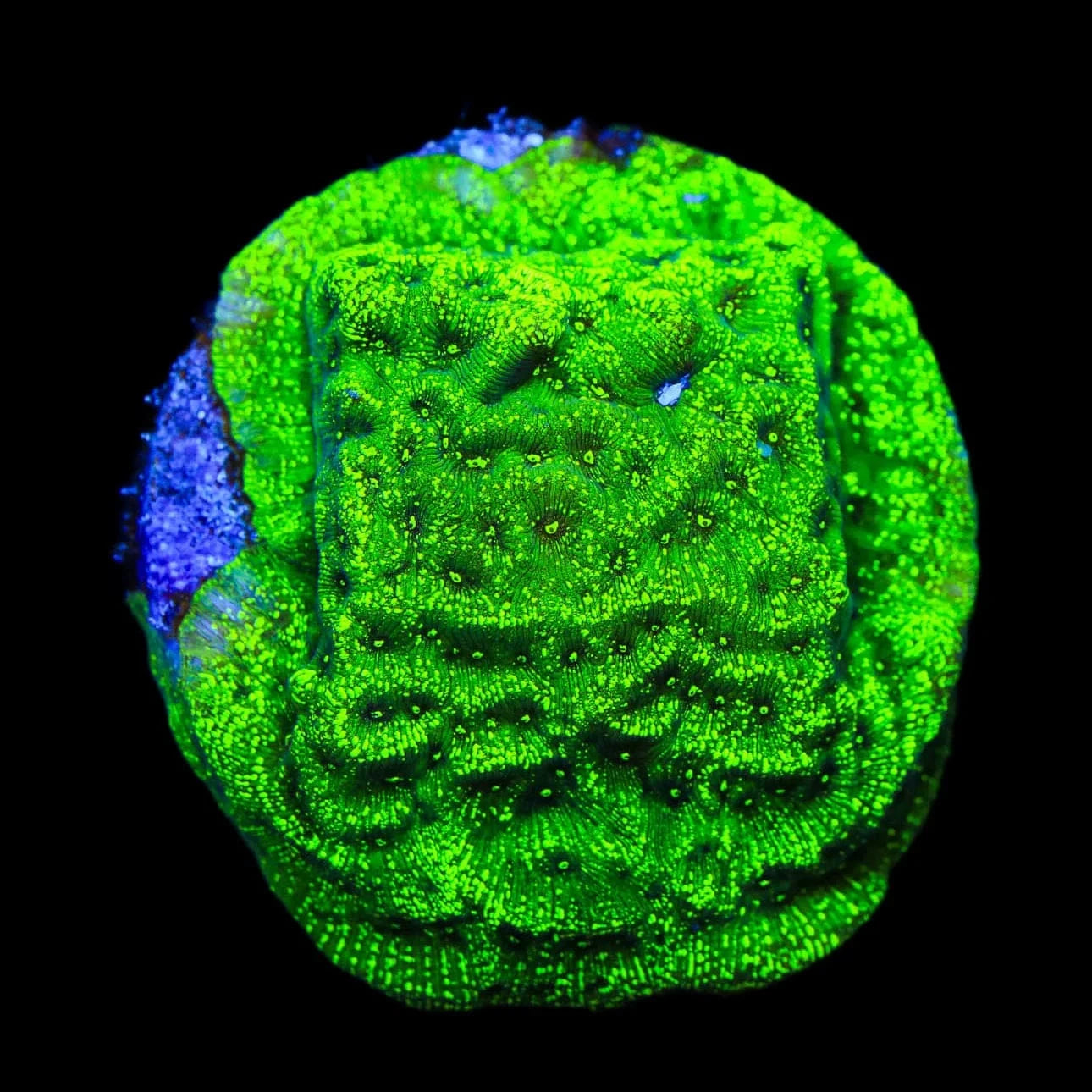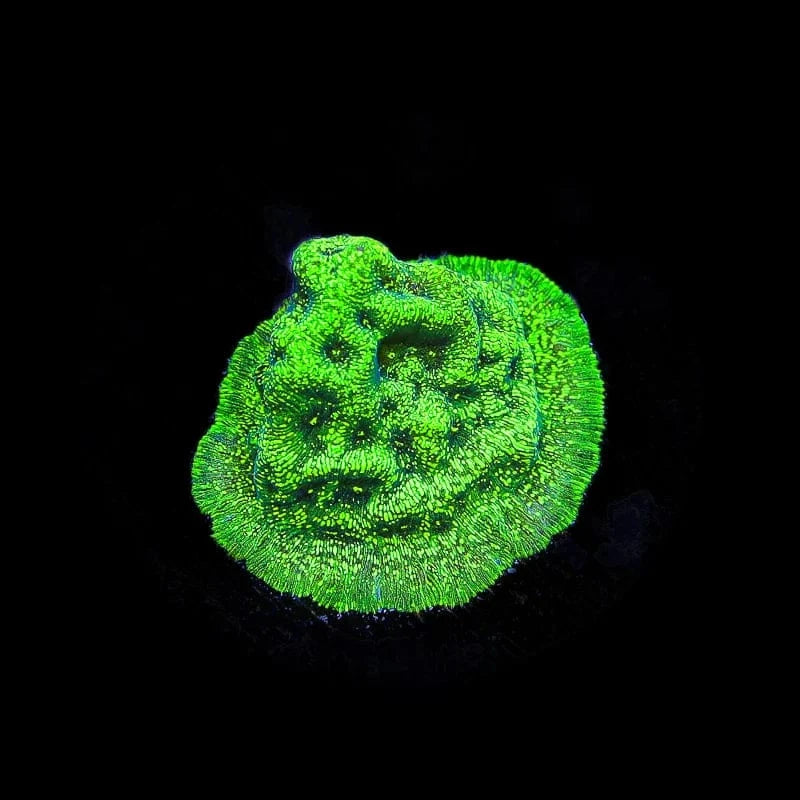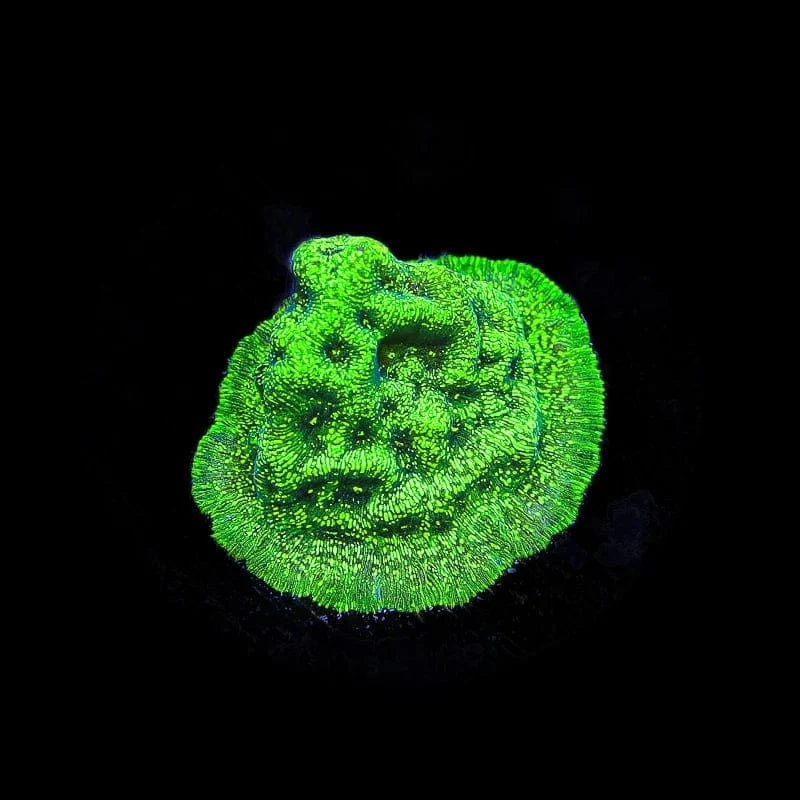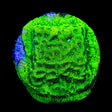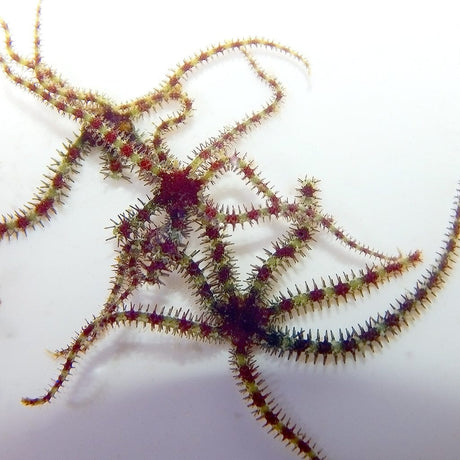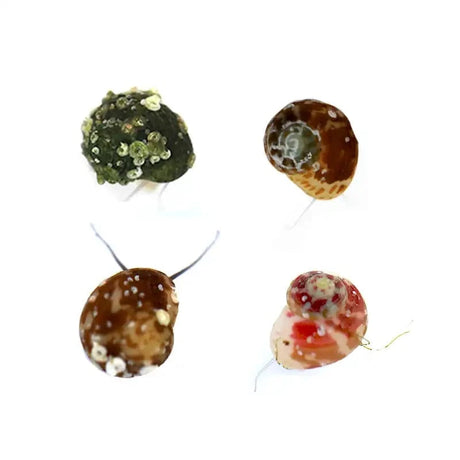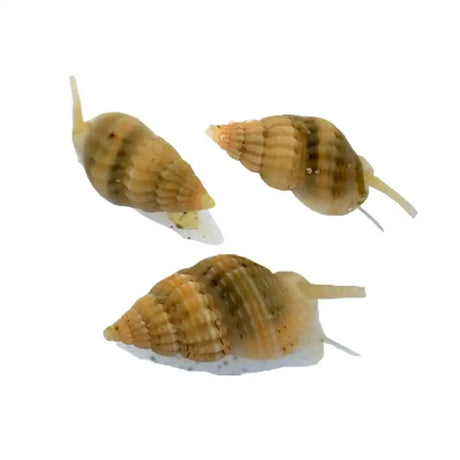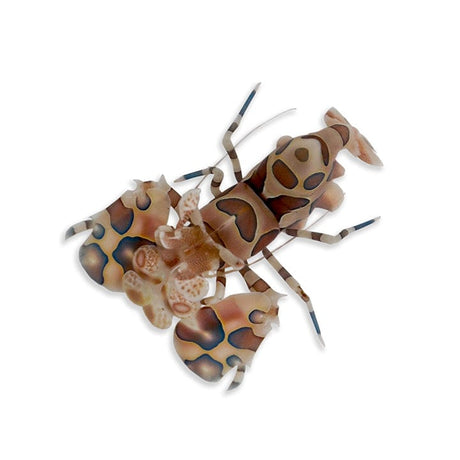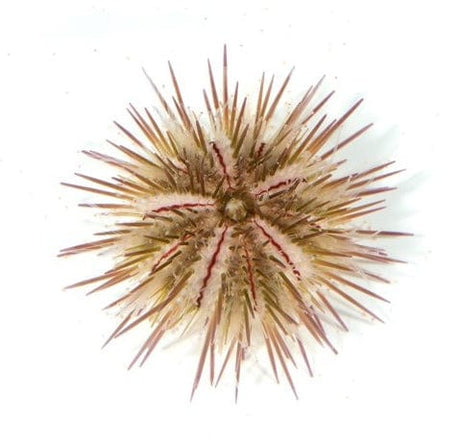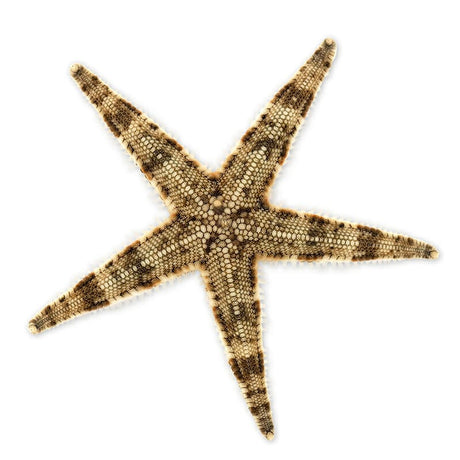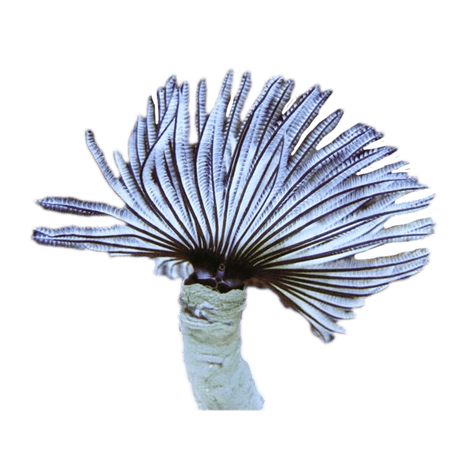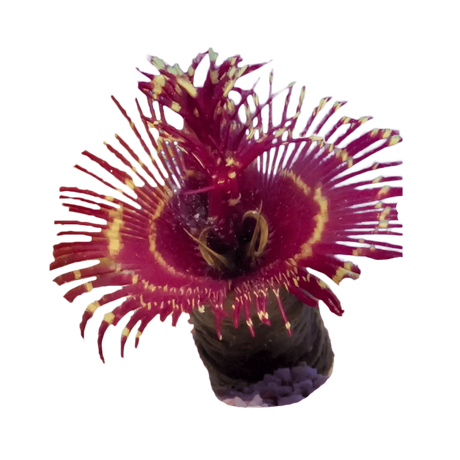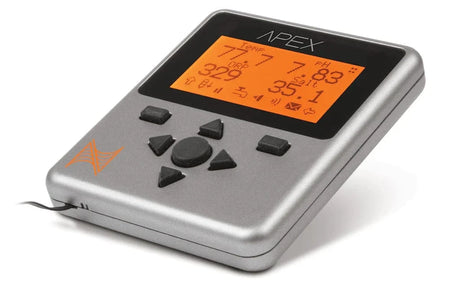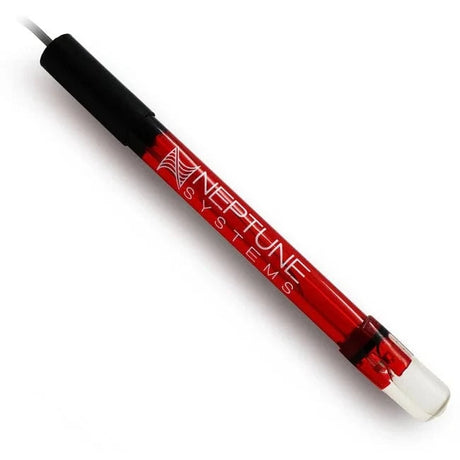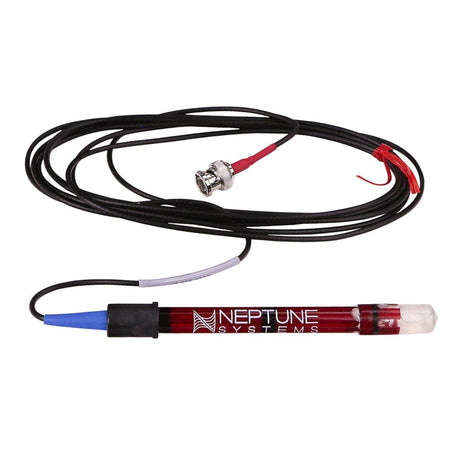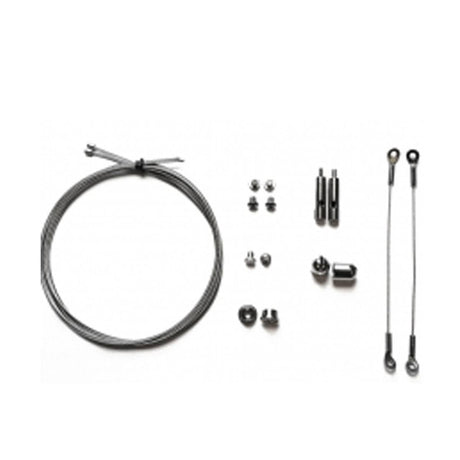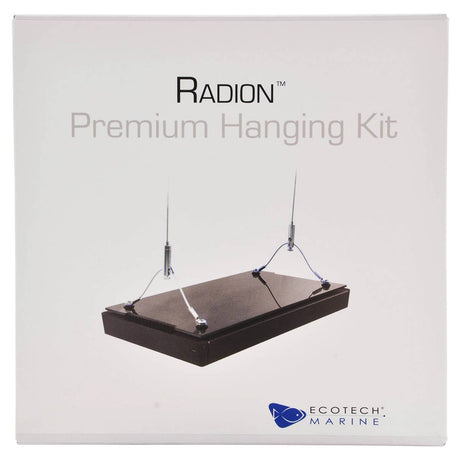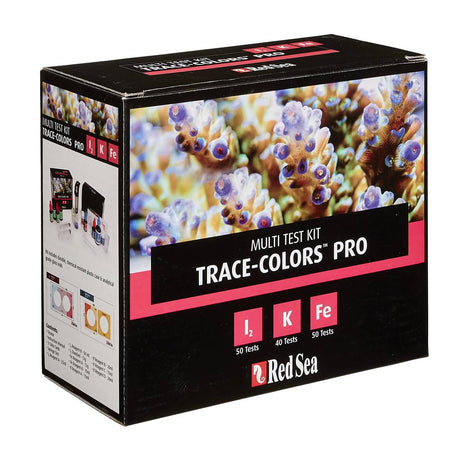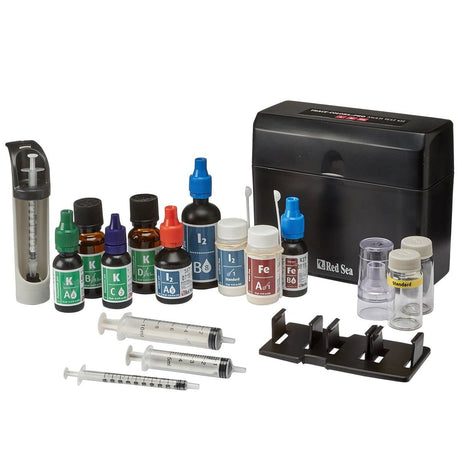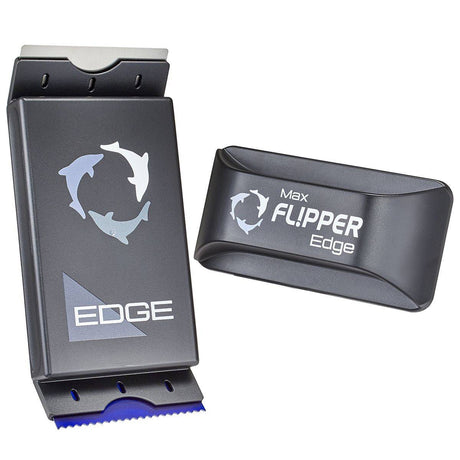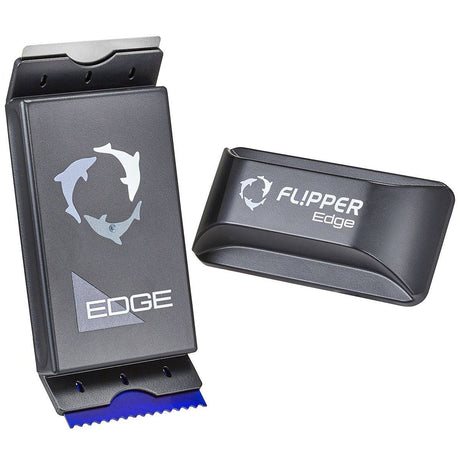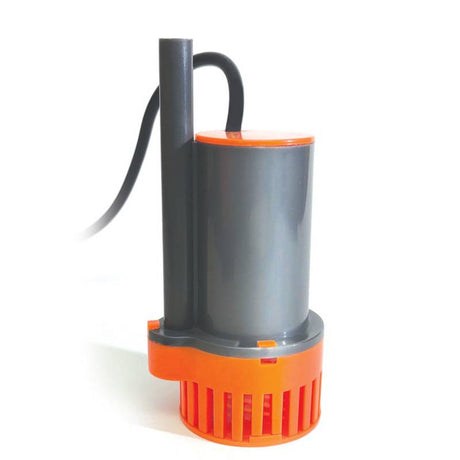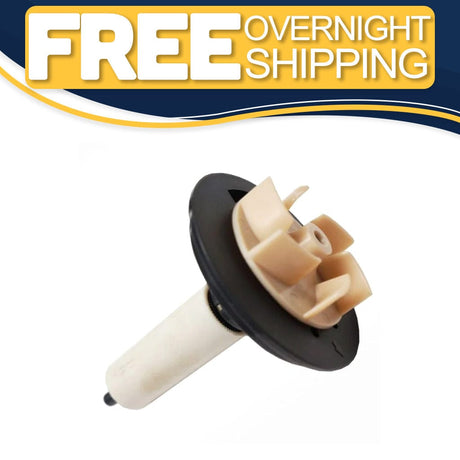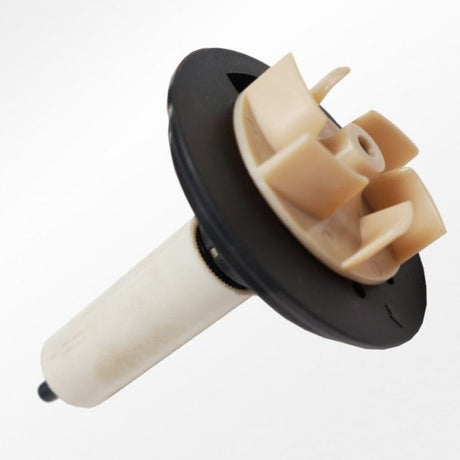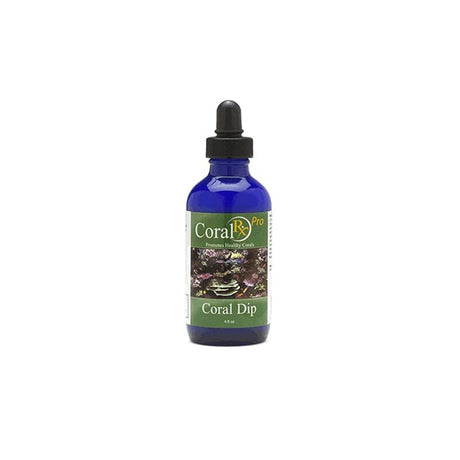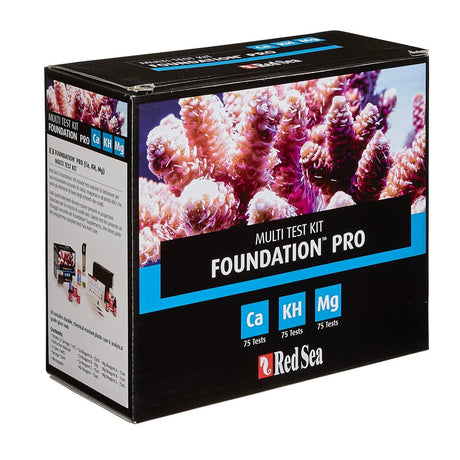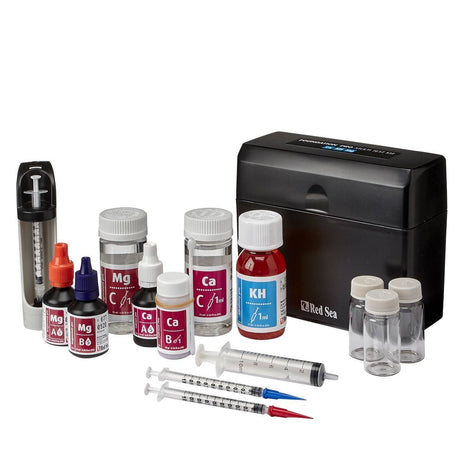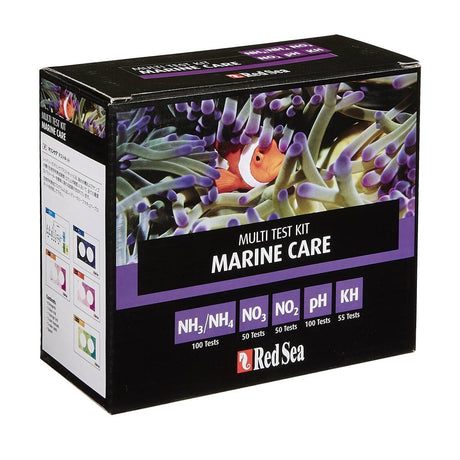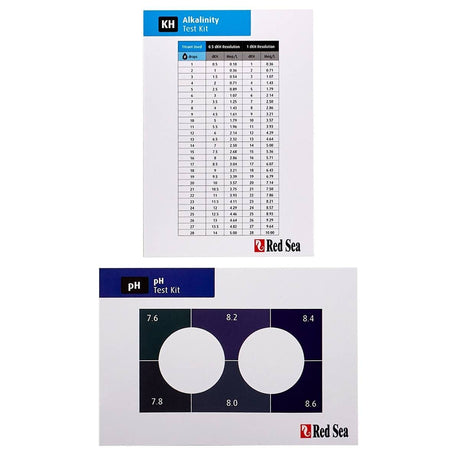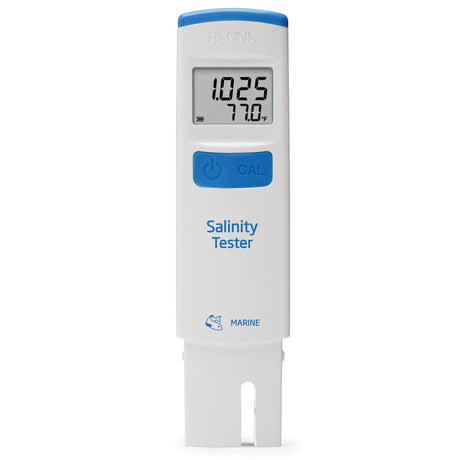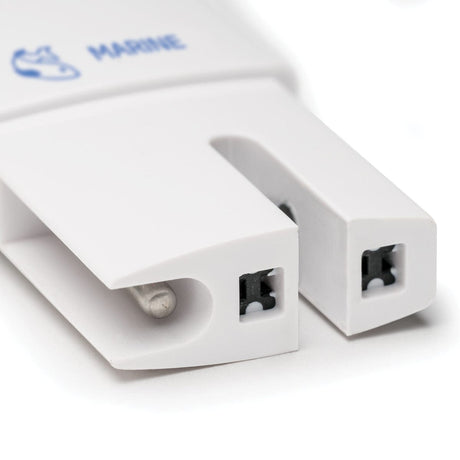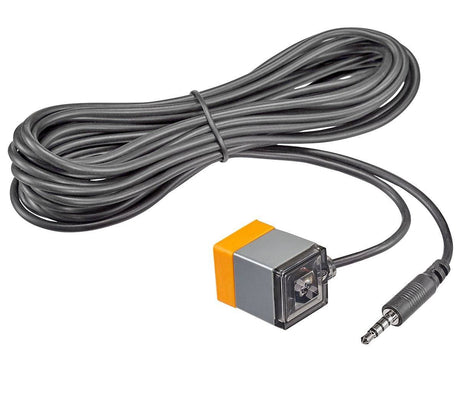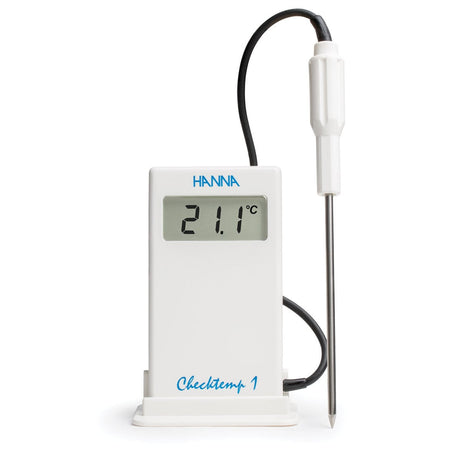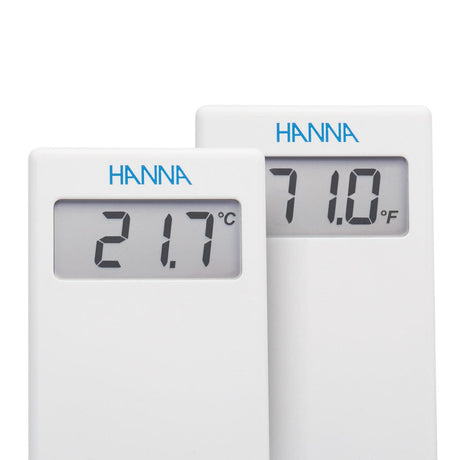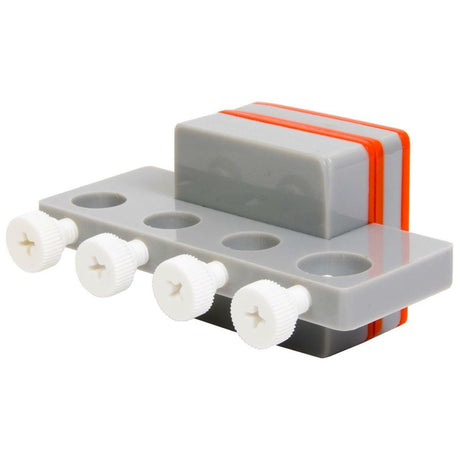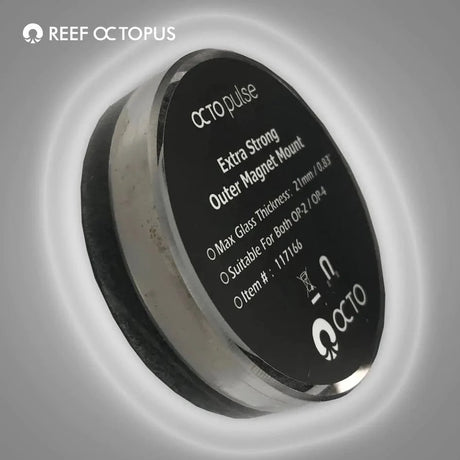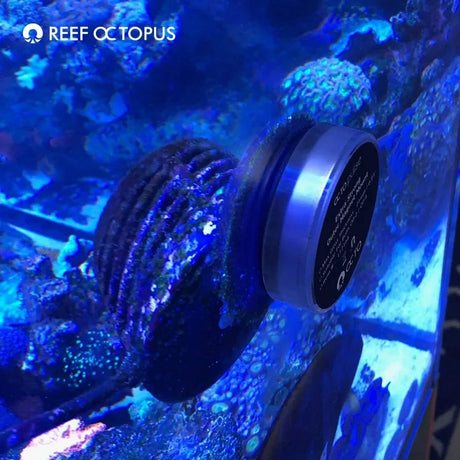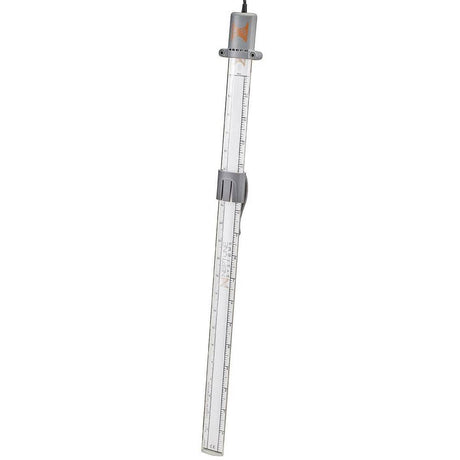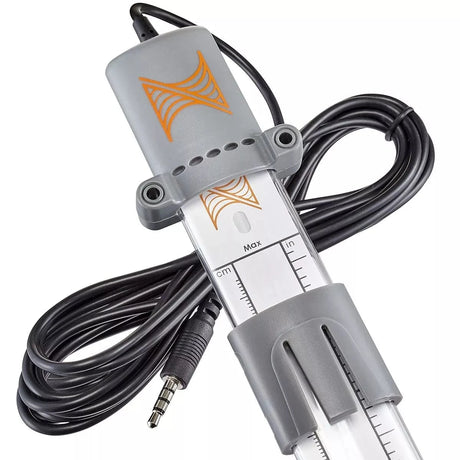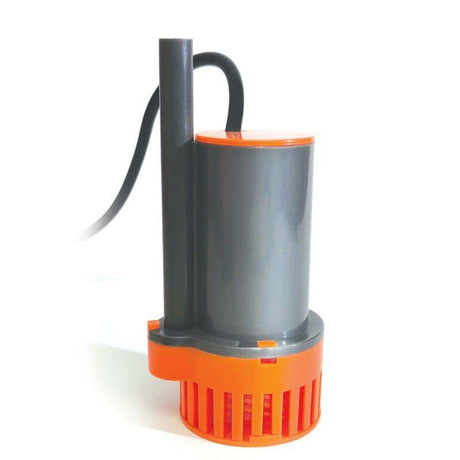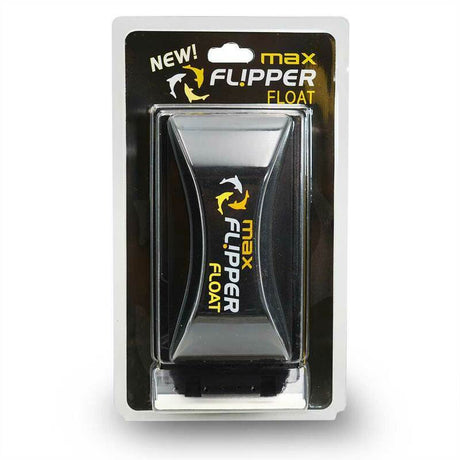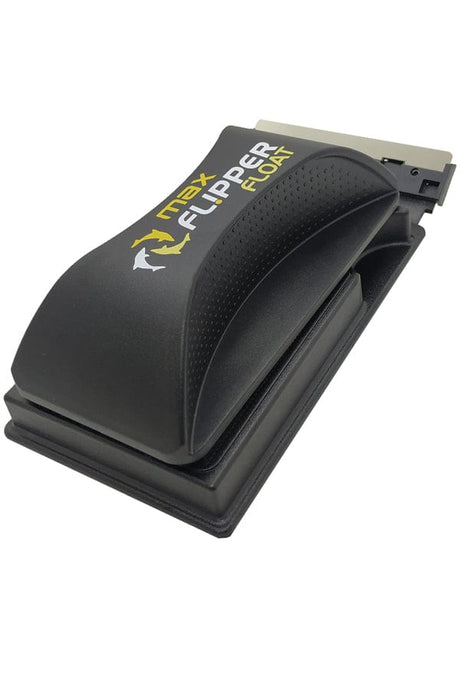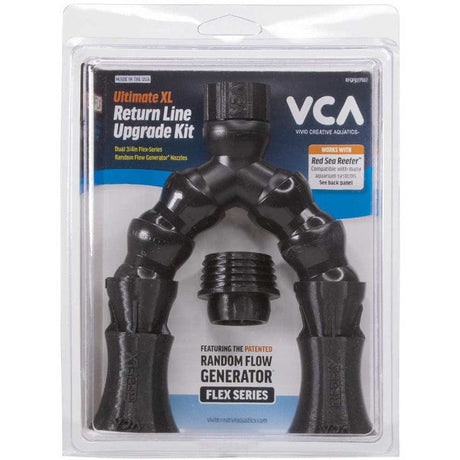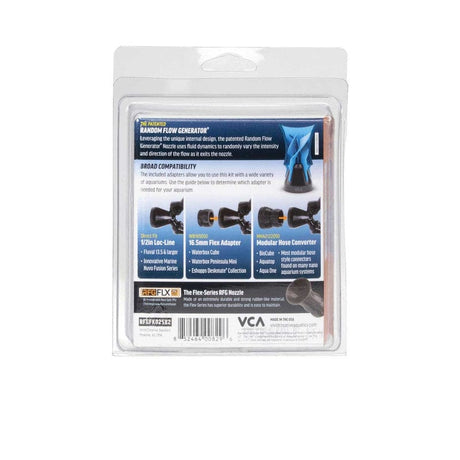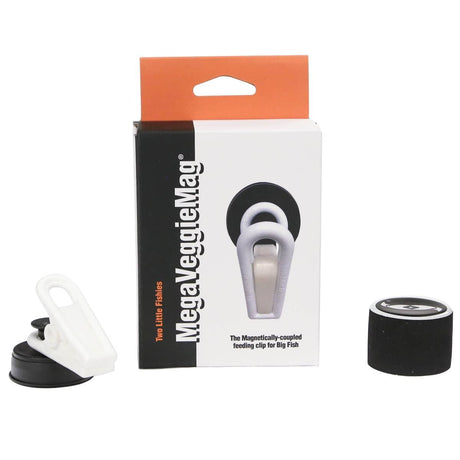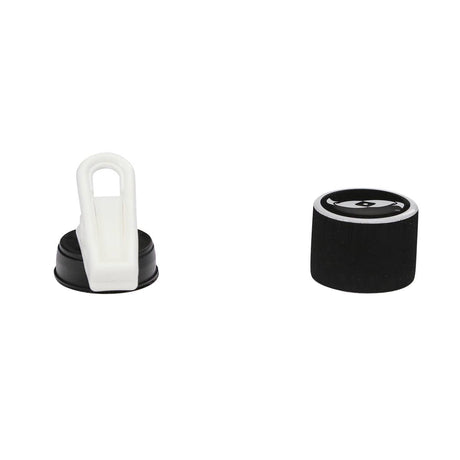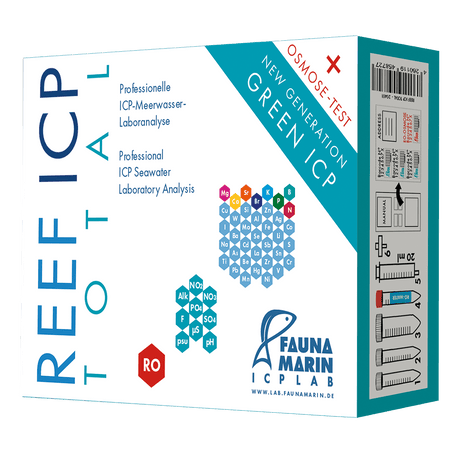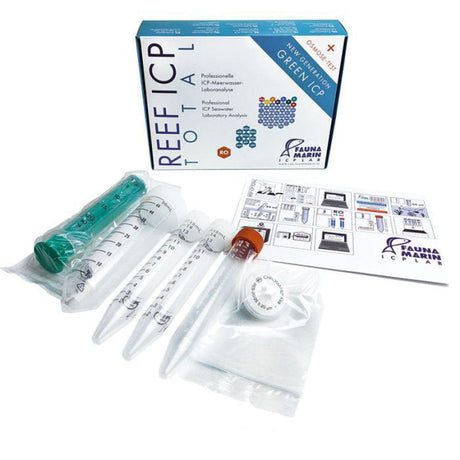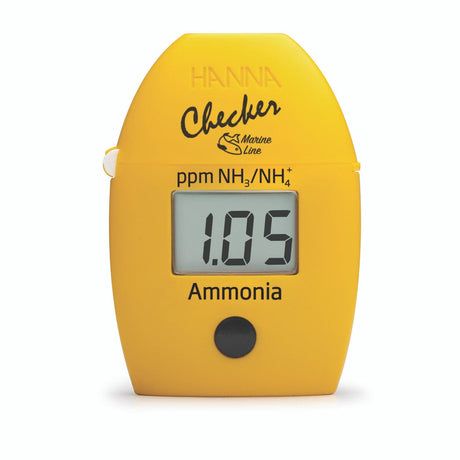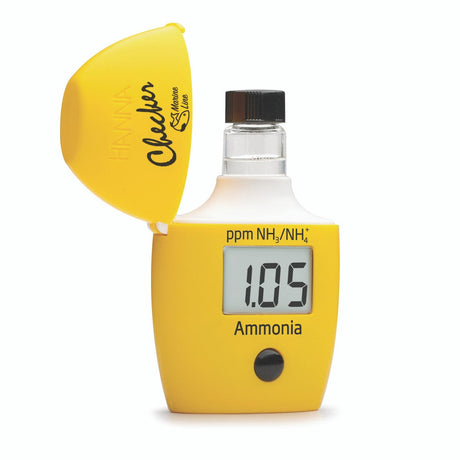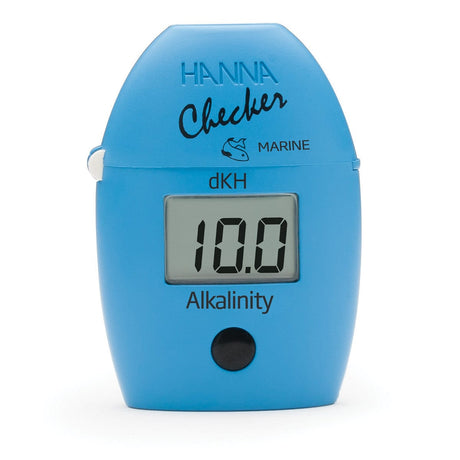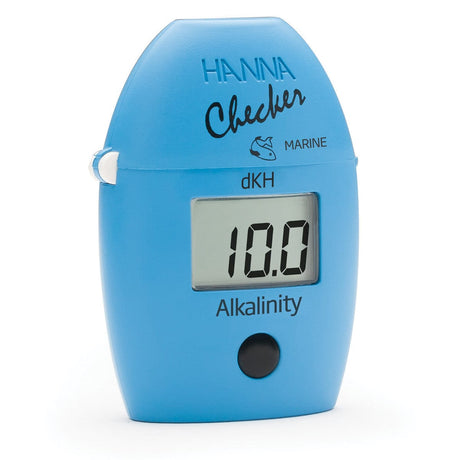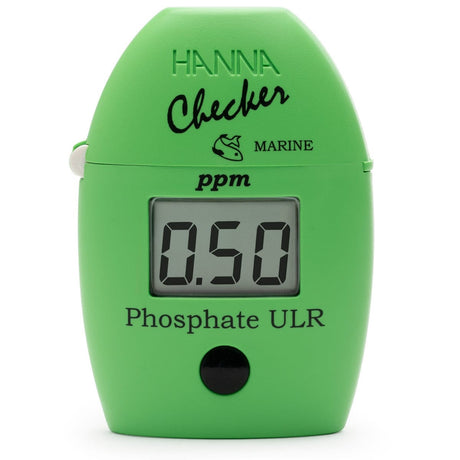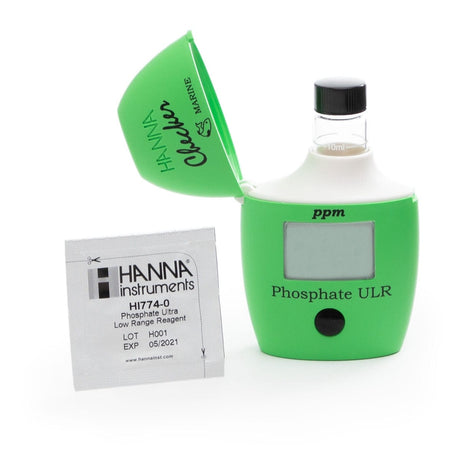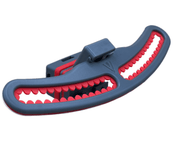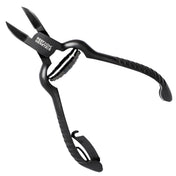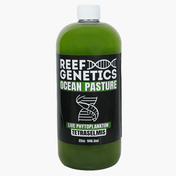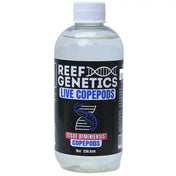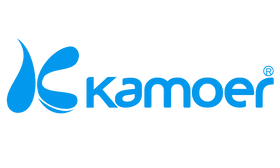Introduction to Leptoseris
Leptoseris corals, scientifically known as Leptoseris spp., are captivating Small Polyp Stony (SPS) corals admired for their intricate, plating or encrusting growth patterns and subtle yet striking coloration. Often featuring shades of green, orange, and yellow, Leptoseris create a stunning visual contrast in any reef aquarium. While they may appear delicate, these corals are surprisingly resilient when provided with stable water parameters and proper care.
Leptoseris corals are an excellent choice for reefers looking to add texture and depth to their aquascape. Their growth habits can produce layered plates that catch the light beautifully, creating a dynamic, sculptural element in the tank. With moderate care requirements, Leptoseris can be a rewarding addition for hobbyists ready to take on something more advanced than beginner-friendly species.
Natural Habitat and Origin
Leptoseris corals are found throughout the tropical Indo-Pacific, including regions like Indonesia and the Central Pacific. They often inhabit deeper reef slopes and shaded areas where ambient light levels are lower, and water flow is generally calm to moderate.
In the wild, Leptoseris grow on rock ledges and vertical walls, gradually encrusting or plating outwards to form broad, overlapping structures. Their capacity to adapt to varying light intensities in these environments makes them versatile corals for home aquariums when provided with comparable conditions.
Water Chemistry
Consistency is key for these SPS corals. They thrive best in stable reef environments with balanced water parameters:
- Calcium: 400–450 ppm
- Alkalinity: 8–9.5 dKH
- Magnesium: 1250–1350 ppm
- Nitrates: 2–10 ppm
- Phosphates: <0.10 ppm
- Temperature: 75–80°F
- Salinity: 1.024–1.026
Maintaining these parameters helps preserve their vivid coloration, support healthy skeletal growth, and reduce stress. Regular testing and supplementation will help ensure Leptoseris receive the stable conditions they need to thrive.
Lighting
Leptoseris corals naturally thrive in lower to moderate lighting conditions, reflective of their habitat in deeper or shaded reef zones. A PAR range of 50–100 provides an ideal balance for photosynthesis, supporting the coral’s symbiotic zooxanthellae while preserving their delicate coloration and overall health.
When placing Leptoseris in your aquarium, look for areas with gently filtered or indirect light, such as partially shaded rock ledges or middle to lower sections of the tank. If you’re transitioning them to a new system or introducing them under stronger lighting, gradually acclimate them over 2–3 weeks to prevent stress or bleaching.
At Top Shelf Aquatics, we utilize a range of lighting setups, including Ecotech Marine Radions, metal halides, and T5 lighting systems, to replicate the nuanced conditions Leptoseris experience in nature. Each system is carefully calibrated to deliver the gentle, balanced illumination these corals need to flourish.
Water Flow
Leptoseris corals prefer low to moderate water flow, allowing their plating or encrusting tissues to remain clear of debris without being subjected to overly forceful currents. This gentle movement helps deliver essential nutrients while preventing waste buildup, which can irritate or damage their delicate tissue.
When positioning Leptoseris, place them in areas of your aquarium where they receive indirect currents—enough to keep detritus from settling, but not so strong that the coral experiences tissue recession or stress. Striking the right balance ensures steady growth and helps maintain vibrant coloration.
At Top Shelf Aquatics, we use advanced flow devices like Ecotech Marine MP pumps and Reef Octopus Octo Pulse units to create randomized flow patterns that mimic natural reef conditions. This careful approach to water movement encourages Leptoseris to encrust or plate out gracefully, showcasing their subtle beauty and unique textures.
What We Feed
Leptoseris corals are opportunistic feeders that rely on a combination of light-driven energy from their symbiotic zooxanthellae and supplemental nutrition to thrive. While they can sustain themselves under proper lighting, providing additional food enhances their growth, promotes vibrant coloration, and supports overall health.
We recommend feeding Leptoseris corals a mix of fine-particle foods and planktonic offerings. At Top Shelf Aquatics, our feeding routine includes a variety of high-quality options, such as:
- Tisochrysis
- Rhodomonas
- Tetraselmis
Products like Reef Roids and Benepets are also excellent choices for providing the extra nutrients they need to flourish. To feed, target the coral’s surface using a turkey baster or syringe, ideally when they are more receptive—often in the evening or with water flow paused. For best results, stop water movement for about 10–15 minutes to allow the coral ample time to capture and absorb food effectively.
Coloration and Tank Maturity
Leptoseris corals exhibit a range of captivating colors—greens, oranges, yellows, and occasionally more exotic hues. Achieving and maintaining these striking pigments often hinges on stable water chemistry, balanced lighting, and regular supplemental feeding. While Leptoseris appreciate a well-established reef environment for consistency, they can still adapt to systems that aren’t fully mature. However, the more mature your aquarium is, the greater stability you can offer—making it easier for these corals to thrive and display their best coloration.
Once settled, they steadily encrust or plate out, creating unique, layered structures that add depth and visual complexity to your aquascape. Maintaining stable calcium and alkalinity levels is crucial for supporting healthy skeletal development and vibrant pigments. Pairing this with routine feedings of fine-particle foods ensures steady growth and eye-catching coloration.
Common Challenges
Although Leptoseris can be surprisingly resilient, they still face certain challenges that call for careful attention to maintain their health and striking coloration:
- Tissue Recession: Poor water quality, sudden parameter swings, or excessive flow can lead to tissue recession. Monitoring water chemistry and providing gentle, consistent water movement can help prevent this issue.
- Bleaching: Sudden changes in lighting intensity or prolonged exposure to overly bright light may cause stress and bleaching, leading to color loss. Gradual acclimation to new or stronger lighting systems is essential for preventing this condition.
- Debris Accumulation: Due to their plating or encrusting growth forms, Leptoseris corals can trap detritus if water flow is insufficient. Ensuring steady, gentle flow helps sweep away particles that may otherwise cause tissue stress or damage.
- Pest Infestations: Flatworms and other parasites can target SPS corals. Implementing regular inspections, dips, and quarantines (when possible) helps identify pests early and minimize potential damage.
- Slow Recovery After Damage: Physical injuries—such as cuts or scrapes—can be slow to heal. Stable water conditions and targeted feeding during the recovery period are crucial to support tissue regeneration and overall health.
How We Farm/Propagate This
At Top Shelf Aquatics, we prioritize sustainability and the long-term well-being of our Leptoseris corals throughout the farming process. We begin by selecting robust mother colonies known for their notable coloration, healthy tissue, and consistent growth patterns. Using precision tools such as coral band saws, our experts carefully cut these colonies into frags, ensuring clean, smooth edges that promote rapid recovery.
Each freshly cut frag is then mounted onto a plug or small piece of reef-safe material using high-quality underwater adhesives. During the healing period, we provide frequent feedings of nutrient-rich foods, such as phytoplankton and fine-particle coral diets, to encourage healthy tissue regeneration. We also maintain stable water conditions—closely monitoring parameters like alkalinity, calcium, and magnesium—to minimize stress and support strong skeletal growth.
By prioritizing meticulous care from frag to fully healed coral, we ensure every Leptoseris you receive is hardy, vibrant, and well-acclimated. Our commitment to sustainable aquaculture means these stunning corals arrive in your tank ready to thrive, bringing their layered beauty and unique hues to your reef.
Acclimation Guide
Proper acclimation is essential for ensuring the health and success of Leptoseris in their new environment. Following these steps will minimize stress and help them settle into your reef tank smoothly:
- Temperature Acclimation: Start by floating the bag in your aquarium for 15–20 minutes to equalize temperatures. This helps prevent sudden thermal shocks that can stress the coral.
- Drip Acclimation: While not mandatory, drip acclimation can be beneficial for gradually mixing your aquarium water with the water in the shipping bag. Use a slow drip method over 30–45 minutes to help the coral adjust to differences in salinity and water chemistry.
- Lighting Acclimation: Leptoseris corals naturally prefer lower to moderate lighting. Place them in a dimmer area of your tank initially, or use a light-diffusing screen if necessary. Over 2–3 weeks, gradually increase their light exposure to avoid bleaching or stress.
- Placement: Secure the coral onto rockwork or stable ledges using reef-safe glue or epoxy. Aim for a location with gentle to moderate water flow that helps remove detritus without overwhelming the coral.
At Top Shelf Aquatics, we take pride in ensuring your order arrives safely and in perfect condition. Here’s everything you need to know about our shipping process:
Livestock Shipping Details
- Flat Rate Shipping:
- $39.99 Out of State
- $34.99 Florida (In-State)
- Orders over $299 ship FREE!
- NO FREE Shipping during Sale Events
- Shipping Days: The calendar during checkout determines when your livestock order will arrive. Normally we ship Monday - Thursday via FedEx Priority Overnight.
Orders placed by 2 PM EST Monday - Thursday ship the same day. Orders placed after 2 PM or on Fridays will ship the next business day. - Delivery Times: Most packages arrive by 10:30 AM EST, though remote areas may experience later deliveries.
We take every measure to protect your livestock, including specialized packaging to maintain temperature and safety during transit.
Dead on Arrival (DOA) Policy
In the rare event of a DOA, you must submit a DOA Request within 2 hours of delivery (FedEx posted time). Once submitted, we will issue a replacement or store credit for the livestock. Please note:
- Shipping costs are not included in the credit.
- Refunds are not offered for livestock or shipping.
While we cannot be held responsible for delays caused by mechanical or weather issues, rest assured we’ll do everything possible to make it right!
Reef Guard Protection Plan
For ultimate peace of mind, upgrade to our Reef Guard Protection Plan. With Reef Guard, you’ll enjoy:
- Extended Livestock Guarantee: Coverage for up to 5 days.
- Priority Resolutions: Hassle-free claims with fast resolutions.
- Weather & Shipping Delay Coverage: Includes FedEx lost packages and damages.
Shipping Restrictions
- We currently ship livestock only within the continental U.S.
- Note: Due to Hawaii state law, we are unable to ship corals to Hawaii.
Now’s the perfect time to prepare your aquarium for its new additions. Consider doing a water change and ensuring space is ready. Check out our YouTube channel for detailed care instructions for your new corals!
For any questions or concerns, feel free to reach out to our support team. We’re here to help make your reefing journey a success!
How We Capture Stunning Coral Photos
Our Gear:
We rely on the EOS R1 Mirrorless Camera for its unmatched ability to produce high-resolution, true-to-life images. This advanced camera is designed to excel in challenging lighting conditions, like those found in reef aquariums, capturing even the most subtle details with exceptional precision. Its fast focusing system ensures every shot is sharp, even in dynamic environments.
Our lens of choice is the EF 100mm f/2.8L Macro IS USM, a professional-grade macro lens specifically designed for close-up photography. This lens excels at capturing fine details like polyp extensions and intricate coral textures while maintaining accurate color reproduction. Its 100mm focal length allows us to shoot at a comfortable distance without disturbing the coral, and the advanced Image Stabilization (IS) ensures consistently sharp results. This is particularly important when photographing under water flow, where steady hands make all the difference.
Lighting Settings:
To bring out the vibrant fluorescence and rich hues of our corals, we photograph them under Ecotech Marine Radion XR30 Blues with these precise settings:
- 100% Violet
- 100% UV
- 100% Deep Blue
- 50% Blue
We also apply a custom white balance to ensure the colors you see in the photos match the corals' natural appearance in a properly lit aquarium.
We take great care with our photography to make sure every coral looks as vibrant and true-to-life as it does in person, so you can easily picture it thriving in your own reef.
